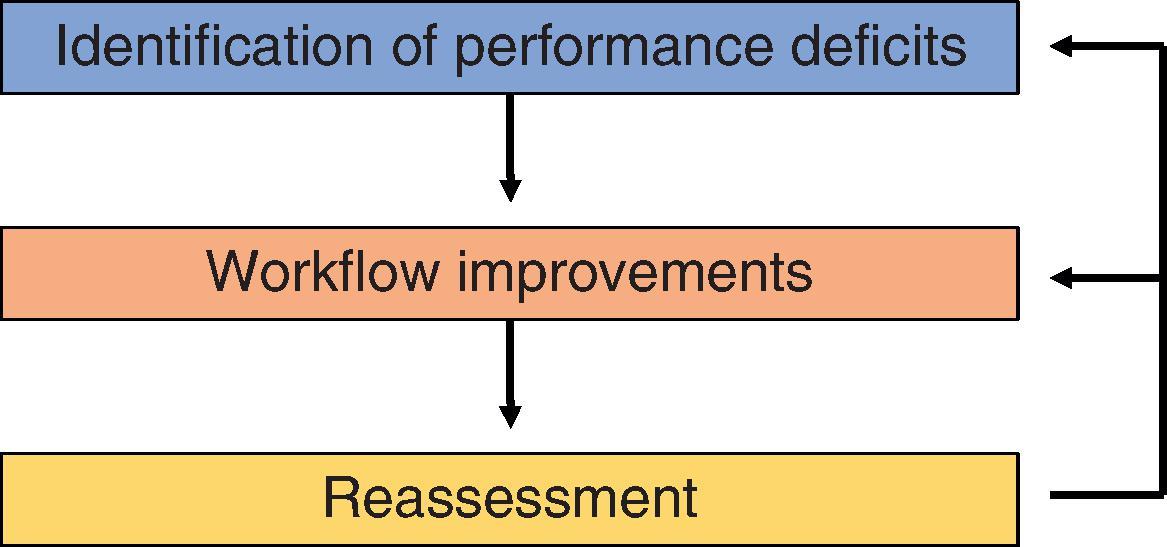Physical Address
304 North Cardinal St.
Dorchester Center, MA 02124
Information technology (IT) can improve healthcare in its (1) efficiency in terms of economical achievement of goals, (2) effectiveness by improving the capacity to do so, and (3) efficacy with the capacity to achieve success under ideal, controlled circumstances.
IT can improve the safety of healthcare delivery with continuous quality improvement, sociotechnical approaches in hardware and software, and improved use of personnel.
Electronic health record (EHR) systems need monitoring in eight dimensions for the possibility of harm: human-computer interface, workflow and communication, clinical content, organizational policies, processes, hardware and software problems, external and vendor-related problems, and system management.
A Health IT Safety measurement framework has been developed to follow (1) continuous quality improvement and sociotechnical approaches,(2) use of health IT, and (3) healthcare safety concerns.
EHR alerts provide careful oversight of personnel allocation, errors, adequacy of resources, care quality, and education in various systems.
EHR systems can provide continuous access to and integrity of confidential patient data.
Information technology (IT) is an important tool that can be used to improve productivity in various systems, including healthcare. In addition to improving workflow, IT can help assess interventions for both efficiency (the capacity to achieve a goal in the most economical way) and effectiveness (the capacity to do so given all variables). The eventual goal is to enhance and refine procedures to reach the best possible efficacy (capacity to achieve success under ideal, controlled circumstances).
Health IT aims to provide customized solutions, support clinical decisions, and record alerts ( Fig. 3.1 ). The most important challenges have been in the design and acceptance of interventions and the tracking and evolution of outcomes (the DATE paradigm). The Institute for Healthcare Improvement suggests that reliability of healthcare is a three-part cycle of failure prevention, failure identification, and process redesign and defines reliability as “failure-free operation over time.” Information systems can provide continuous monitoring with real-time or nearly real-time reporting as a means of achieving reliability. As such, it makes sense to think about the role of health IT in reliability as it relates to healthcare quality and patient safety.

As in any other organization, there has been a need for fiscal and human-resource planning and for managing expectations relative to cost, scope, and outcomes. We also need to identify reportable events before these turn into actual impediments in patient care and establish preventive methods. These ideas, described in the Sentinel Event Alert 42 , elaborate on the safe implementation of health information. In many events that have hitherto been perceived as unavoidable, sociotechnical interaction can improve safety. In any system, the goal is to develop and promote a culture of process improvement. We structure all our programs to develop goals that are specific, measurable, achievable, relevant, and time-framed (SMART). We have structured our thinking about health IT in the following sections.
Become a Clinical Tree membership for Full access and enjoy Unlimited articles
If you are a member. Log in here